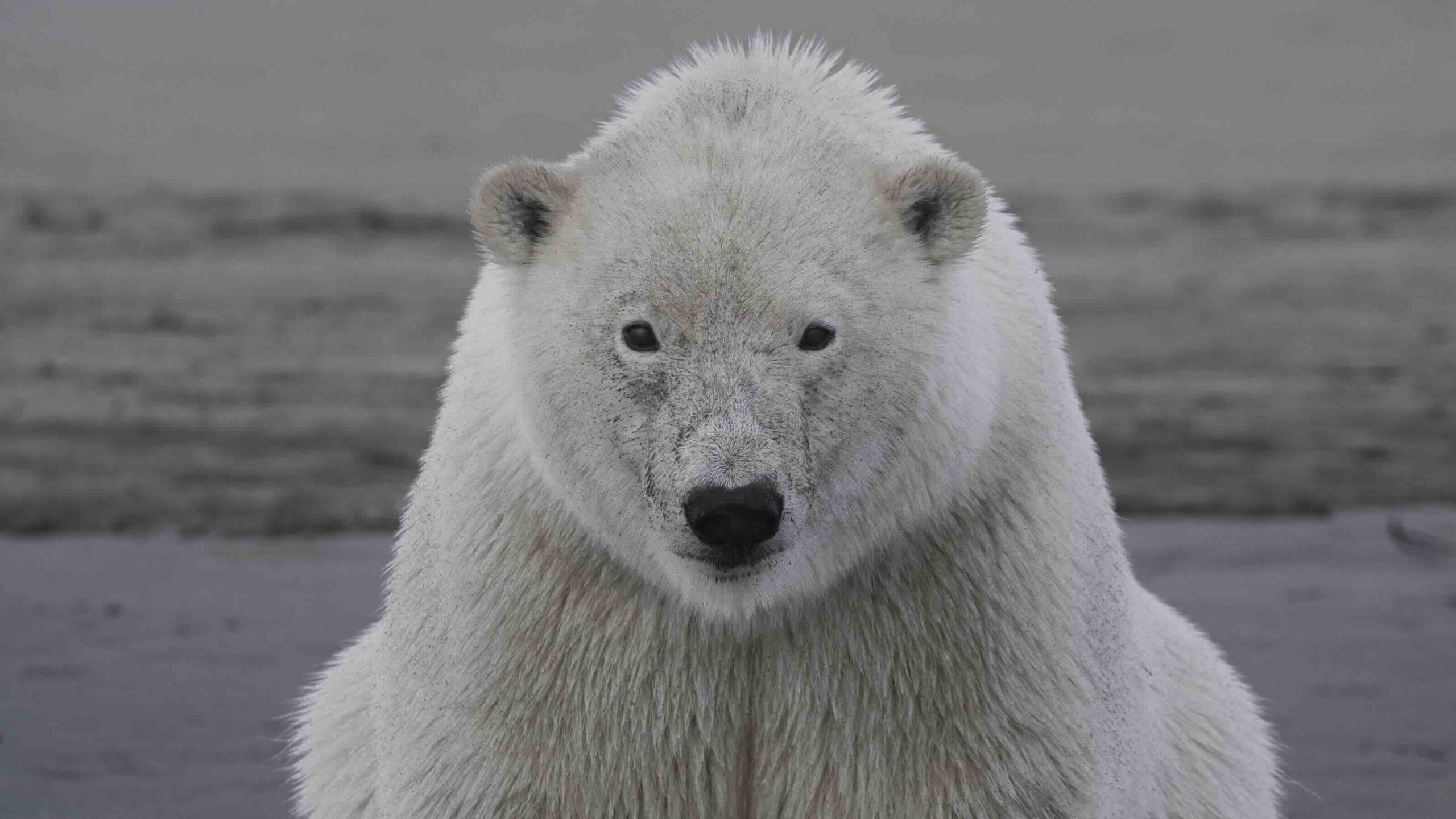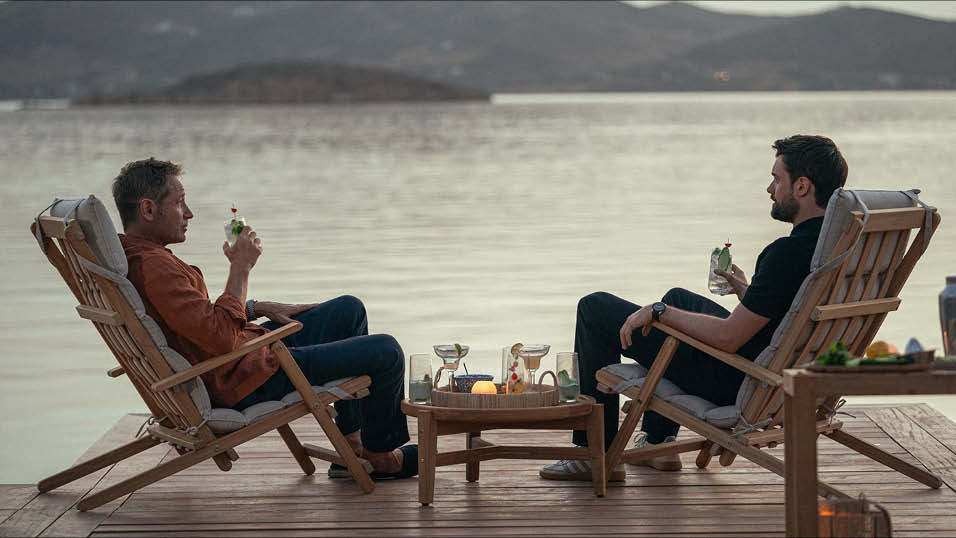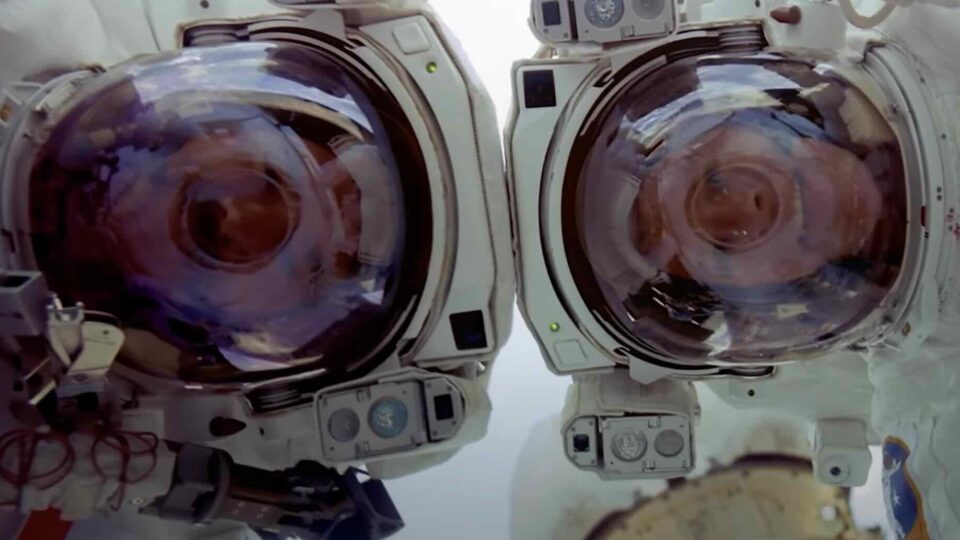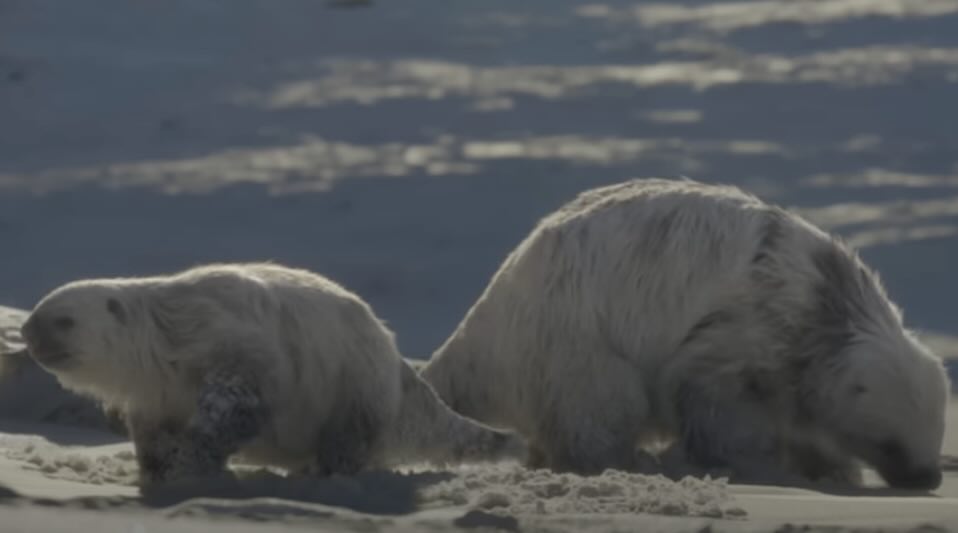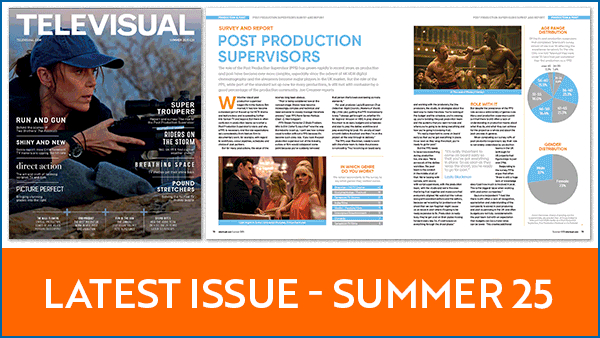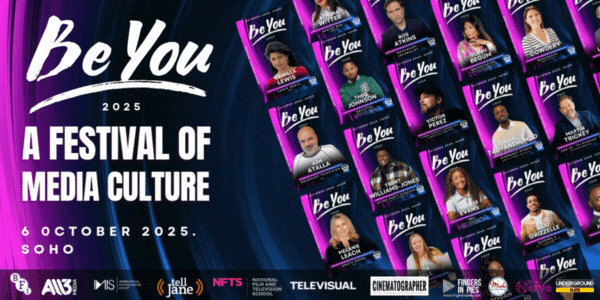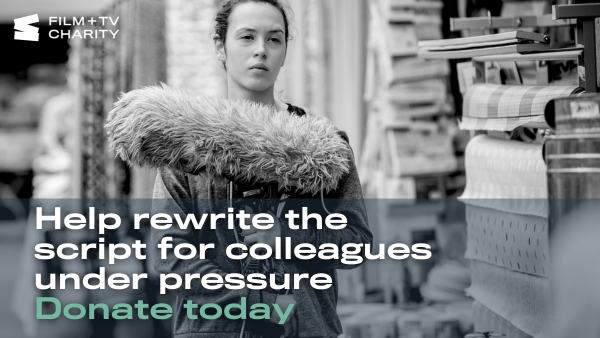Winner of the Golden Panda Award 2025 and Best Independent Film at Wildscreen – selected from a record 682 entries across 46 countries – Trade Secret has quickly become one of the most talked-about documentaries of the year. Now an official BAFTA and Oscar contender, the feature – directed by Australian filmmaker Abraham Joffe ACS and executive produced by Academy award-winner Adam McKay – was filmed over six years across nine countries.
The film, privately funded by UK investors, is an exposé that uncovers the sanctioned international trade in polar bear skins and reveals how conservation, politics, and profit have become dangerously entangled. Director Abraham Joffe tells the story of how they made this unflinching look at what happens when institutions entrusted with protecting wildlife are drawn into its exploitation.
The origins of Trade Secret go back to 2012, on my very first trip to the High Arctic to see polar bears. Like anyone who’s ever seen them in the wild, I can attest that it’s an unforgettable experience. Nothing can prepare you for the sight of a bear walking along the frozen sea a hundred and fifty miles from shore. They’re true apex predators – remarkable survivors at the top of the food chain.
But it was on that same trip that I learned something that completely shocked me: that if you had enough money, you could trophy-hunt a polar bear or buy a skin and ship it internationally. The very existence of an international fur trade – I couldn’t believe it. As someone who’s worked in wildlife filmmaking for over twenty years, I was stunned that I didn’t know about this. Immediately I knew there was a story to be told. This is the icon of the climate crisis – arguably the symbol of biodiversity loss in general – and yet here we are, in the twenty-first century, still trading and trophy-hunting this highly threatened species.
It wasn’t until about five years later, in 2017, that Dom West ACS and I met Norwegian photographer and conservationist Ole Liodden, who became a key figure in the film. We learned of his quest to uncover the true statistics and hidden facts around the international commercial trade in polar bears. That meeting marked the beginning of our journey to start documenting this unfolding story. Little did we know it would take several more years to complete the film and finally share it with audiences – but here we are.
We were fortunate enough to secure a private investment to finance the film, which gave us complete freedom to tell the story as it unfolded. Total creative control – without an agenda – was always the dream scenario. I honestly don’t think this film could exist today if we had not taken the path we took.
We started this film not knowing exactly where the story would take us. The revelations – of which there are many – were completely unknown to us from the outset. We truly did follow the story as our key characters navigated their own paths. The access we gained to closed-door summits, conferences, and sales rooms – both legal and illegal – across multiple countries and jurisdictions was an unthinkable journey when we began. But with the freedom of time and resources to follow the story, we were able to do it justice.
There are so many things about what we discovered that shocked us. Without giving anything away, I’ll just say that Trade Secret doesn’t expose your typical bad actors. It reveals trusted countries and entities that not only facilitate the commercial skin trade but actively lobby for its continuation.
Like any documentary filmmaker, if you spend enough time on a subject, you naturally become something of an expert. Having spent several years meticulously studying the details of the international commercial skin trade in polar bears – and its history across five Arctic nations – I feel well placed, along with my fellow producers, to bring this story to the world.
What guided us throughout was a deep sense of responsibility to be meticulous in our due diligence, fairness, and journalistic integrity. There are many uncomfortable and shocking revelations within the film, and it was vital that we got the facts right. We didn’t need to sensationalise anything – it’s shocking enough as it is. In fact, if anything, it was an exercise in restraint.
We live in a time with no shortage of bad news, but that’s not a reason to turn away from reality – especially one that so few people are aware of. As so many species face extinction, we are truly living through a human-induced sixth mass extinction. The fact that we are still exploiting vulnerable species through international trade is something the world needs to know about. These practices must be brought out from the shadows and challenged – and I think the figures in our film do that very powerfully.
The film was shot across nine countries, including all five polar bear range states – Alaska, Norway, Greenland, Canada, and Russia – with our Russian work filmed pre-Ukraine, on Wrangel Island. For anyone who’s worked in the Arctic, it’s fair to say it’s one of the most challenging environments on Earth. It’s extremely remote, and we were often there during early spring or late autumn, chasing light and behaviour, following hunting seasons.
In addition to the remote Arctic, we also filmed in what I’d describe as equally frosty environments – boardrooms, sterile summits, and conferences – trying to gain access to the little-seen proceedings around the policy and trade of endangered species. Strangely enough, these were among the most challenging situations of all – both in terms of access and in having to stomach the bureaucratic processes that dictate the fate of so many of the world’s threatened animals.
What I’ve always hoped to find as a filmmaker is a story that truly justifies the dedication required to tell it as it unfolds. One of the earliest films that amazed me was the Chicago-based basketball documentary Hoop Dreams. The fact that the filmmakers followed individuals over the course of years, without knowing where the story would lead, was astonishing to me. I remember being struck by that commitment – by the idea that someone would devote themselves so fully to a story in the truest documentary sense of the word.
It became clear fairly early on that Trade Secret was demanding that same level of commitment – if we could find the resources to sustain it. I often think about other films that have deeply influenced me, like The Cove and Blackfish. They tackled hugely important subjects in powerful, engaging ways without ever tipping into the sensational. It’s real life, and sometimes real life is shocking and hard to take. But that’s exactly when you need the courage to take out the cameras (or in some cases, conceal them) and go after the story.
My hope is that Trade Secret is recognised as a carefully told, truthful documentation of the current threats polar bears face. But beyond that, I think there’s a much larger story here – a meta story – about the ongoing exploitation of threatened and vulnerable species under the guise of so-called “sustainable use.” Too many countries around the world continue to normalise this practice. When it comes to endangered species, what I’ve learned through this journey is that there simply is no place for commercial trade. But what’s important to say is that we are filmmakers, not activists. You’ll see no call to action at the end of Trade Secret. That said, as an individual, we would love to see the people within our story succeed in their quest to bring further protections to polar bears and so many other threatened species.
Certain scenes in the film were only possible through undercover filming. There are parts of the world – and certain rooms and meetings – that are not easy to access. Many of these took years to gain entry to. We also shot through COVID, which meant relying on in-country teams to film in areas we couldn’t access ourselves.
These ongoing, multi-year filmmaking journeys can feel endless – the story continues to unfold even today. When do you know when to call it quits? For us, there was a natural conclusion to the story. It’s hard to talk about here without giving anything away, but when people see Trade Secret – and hopefully many do – the ending will feel clear and inevitable. My hope is that Trade Secret helps spark the urgently needed conversations around these terribly important issues.
There was ultimately over 2,500 hours of rushes from which we cut our 98-minute film, meaning Trade Secret had an effective shooting ratio of around 1500:1. Included in those rushes are around 240 interviews. That will probably surprise people who’ve seen the film, because there are very few talking heads – maybe only a handful in the entire feature. But those interviews weren’t wasted. They were, in many ways, research with a camera. We learned so much through those conversations, and some of our most important insiders – for want of a better term – emerged directly from that process.
We’ve had an incredible start to our festival run with Trade Secret. We had our international premiere at Sheffield DocFest, followed by our U.S. launch during Climate Week in New York City, where Dr Sylvia Earle opened the screening and described the film as “life-changing.” We’ve since followed that with screenings at the Hamptons International Film Festival, Jackson Wild, Los Angeles, and our Australian premiere at the Adelaide Film Festival.
We have great hopes for distribution to a global audience – and that is really what it’s all about. In the last fifty years, the world has lost seventy percent of its wild animals. It’s quite clear that the status quo is not working. Awareness is the first step, but real, tangible action by decision-makers – those in power – is what’s required to bring lasting protection for these animals. We know there is the right broadcaster out there who can bring this crucial story to the world, and we are in talks with several.
Adam McKay was immediately taken with the film (having first seen it in the edit) and, in his words, the world that Trade Secret took him into. He actually offered to become executive producer – he wasn’t asked – which was incredibly humbling. He’s obviously a world-renowned Hollywood filmmaker, an Oscar winner, but what not everyone knows is that Adam is also a staunch environmentalist. Having his participation and endorsement is incredibly powerful, and we’re honoured to have him as part of the team.
We hope the film continues to find its way into the hands of those who can make a difference – that it opens eyes, challenges assumptions, and inspires a global conversation about the cost of exploitation and the urgent need to protect what remains.
Official Website: www.tradesecretfilm.com
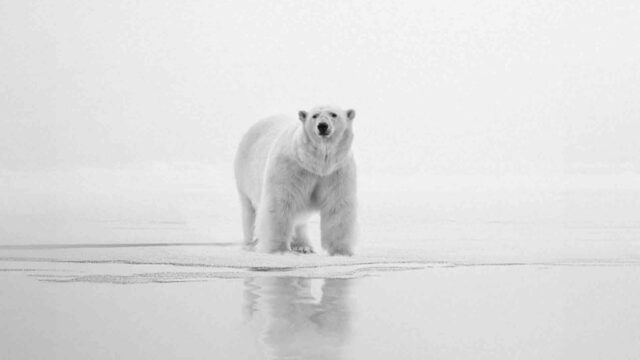
Pippa Considine
Share this story




